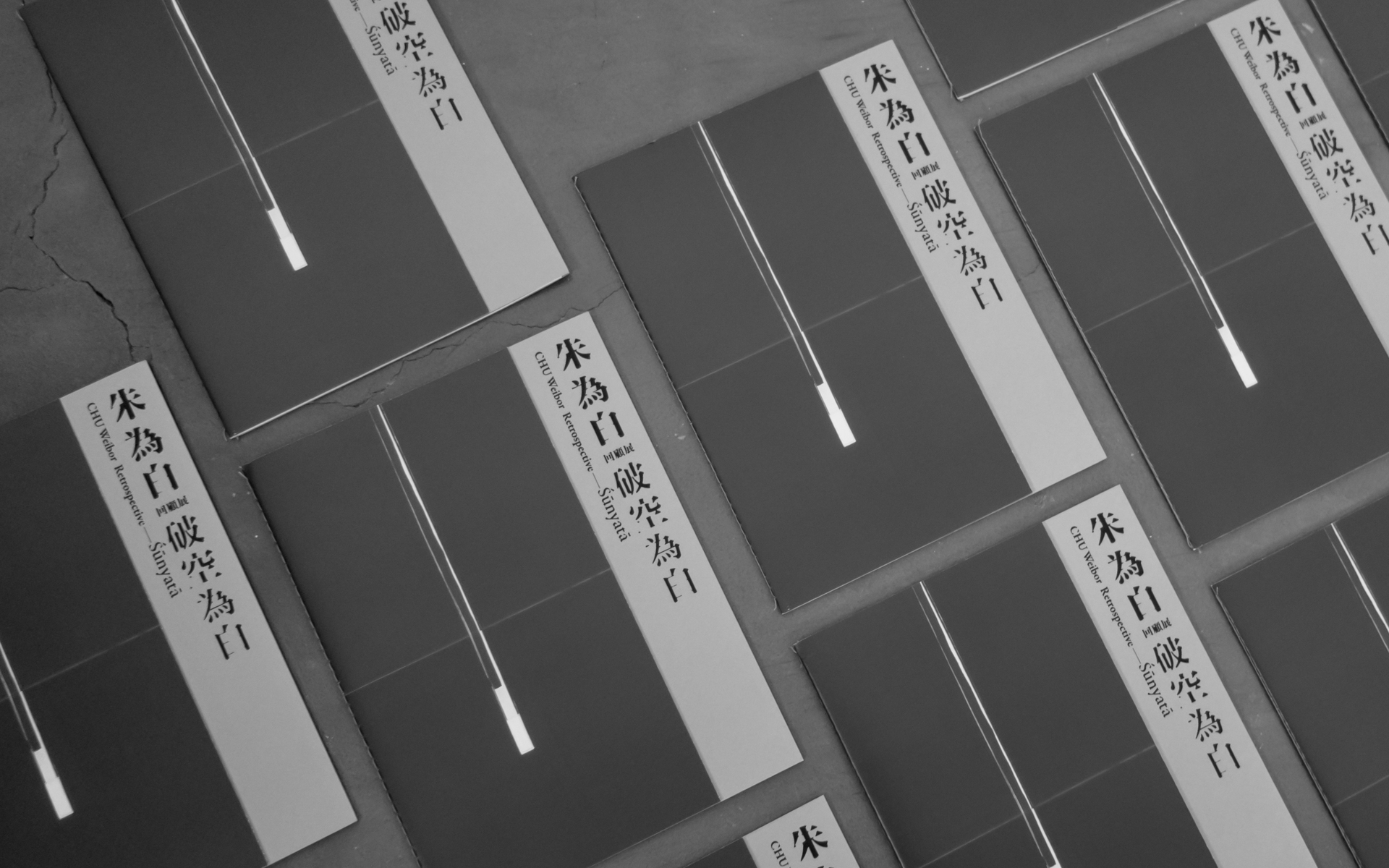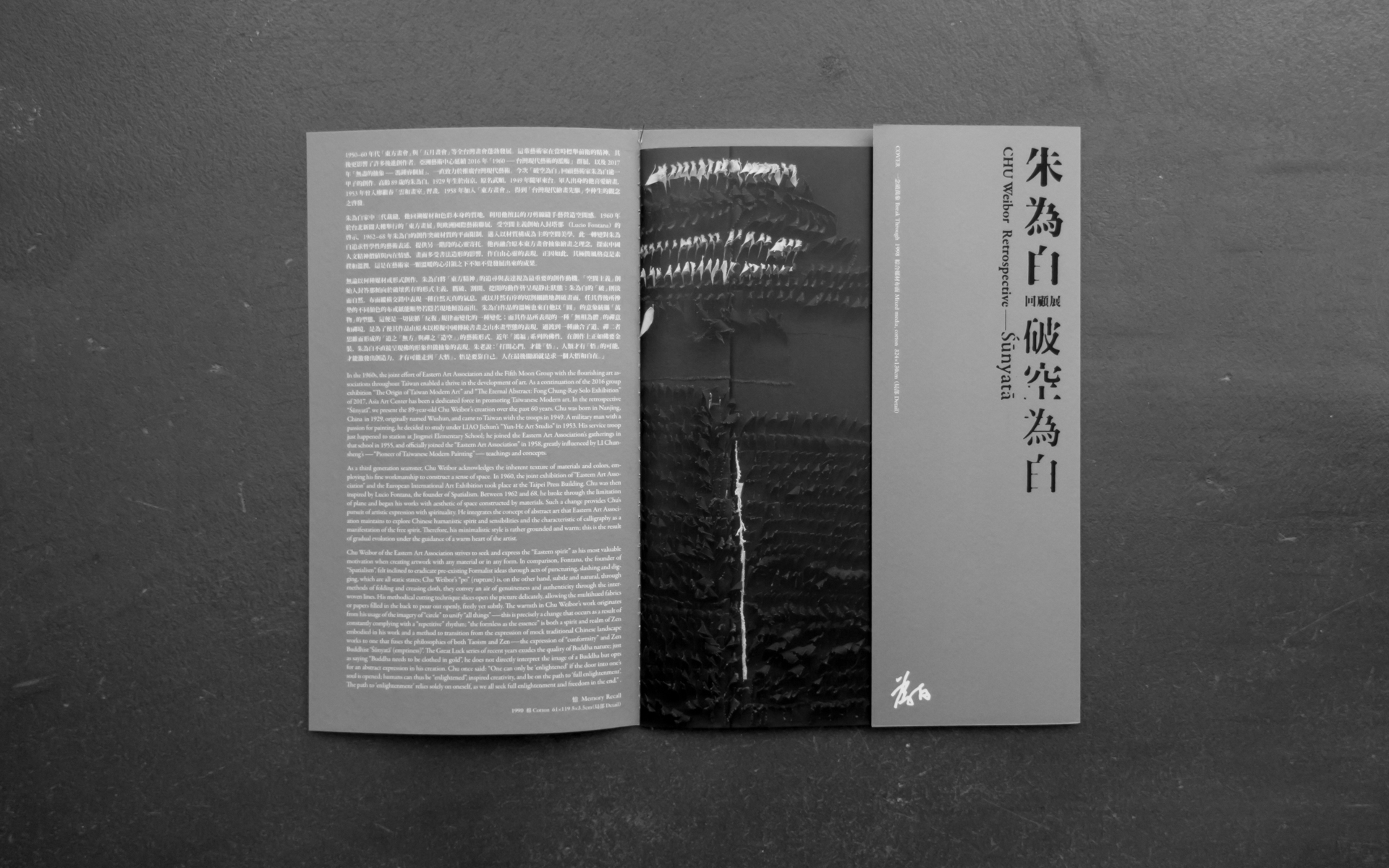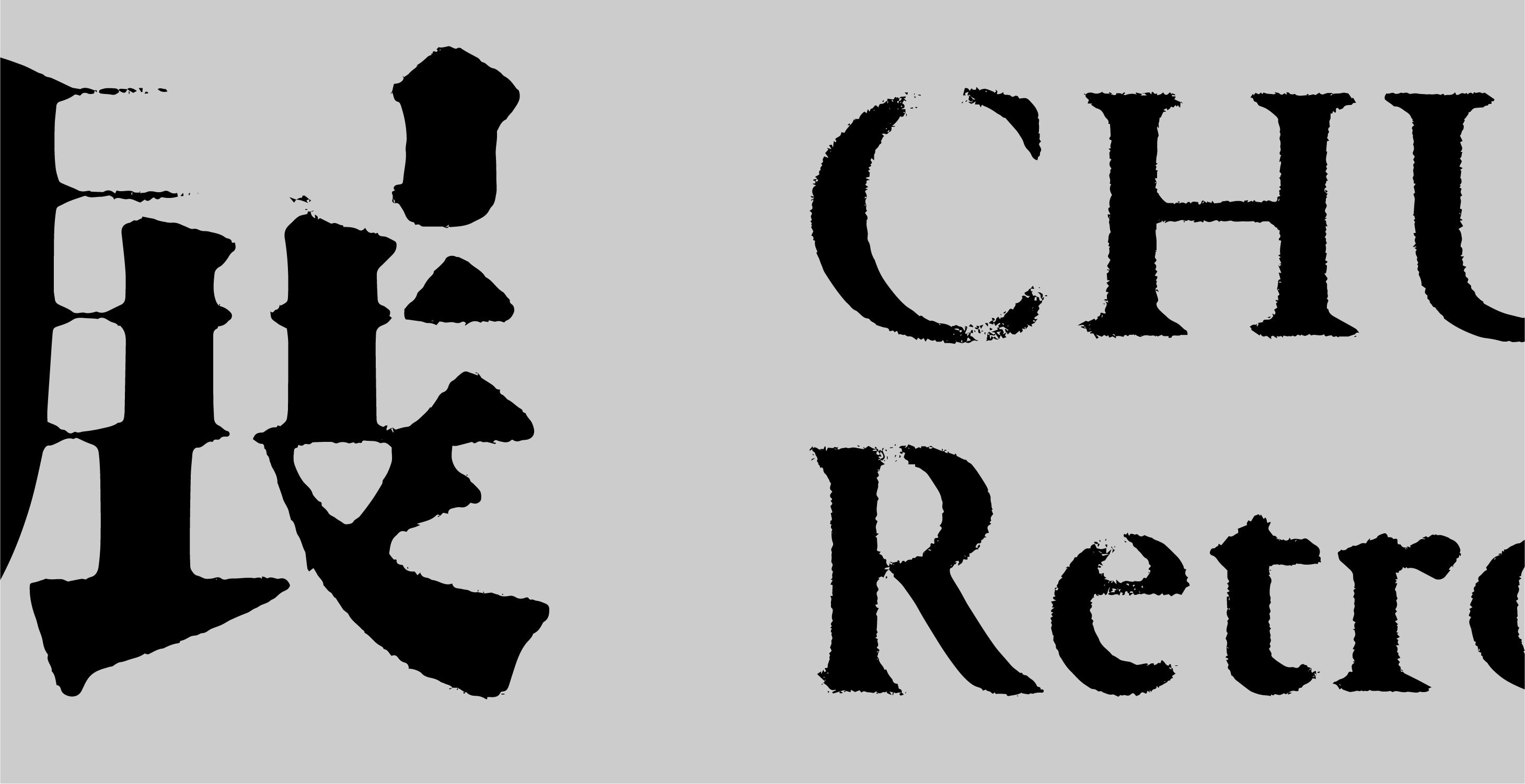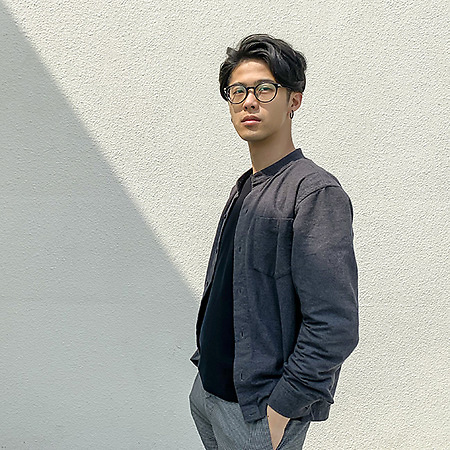Chu Weibor of the Eastern Art Association strives to seek and express the “Eastern spirit” as his most valuable motivation when creating artwork with any material or in any form.
In comparison, Fontana, the founder of “Spatialism”, felt inclined to eradicate pre-existing Formalist ideas through acts of puncturing, slashing and digging, which are all static states; Chu Weibor’s “po” (rupture) is, on the other hand, subtle and natural, through methods of folding and creasing cloth, they convey an air of genuineness and authenticity through the interwoven lines.
His methodical cutting technique slices open the picture delicately, allowing the multihued fabrics or papers filled in the back to pour out openly, freely yet subtly. The warmth in Chu Weibor’s work originates from his usage of the imagery of “circle” to unify “all things”—this is precisely a change that occurs as a result of constantly complying with a “repetitive” rhythm; “the formless as the essence” is both a spirit and realm of Zen embodied in his work and a method to transition from the expression of mock traditional Chinese landscape works to one that fuses the philosophies of both Taoism and Zen—the expression of “conformity” and Zen Buddhist ‘śūnyatā’ (emptiness)".






